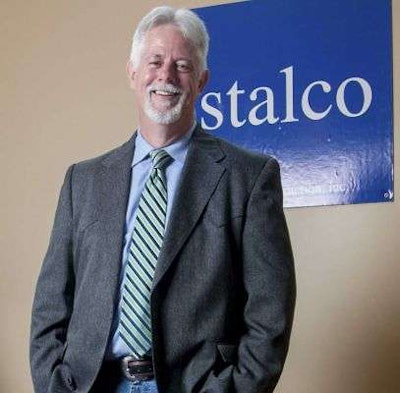 Kevin Harney, CFO of Stalco Construction
Kevin Harney, CFO of Stalco ConstructionKevin Harney started Islandia, New York-based Stalco Construction in 1992 with only $1,700. Fast forward to 2012 and the company made $64 million in revenue and was able to achieve monstrous growth during the recession.
Just what kind of growth? Before the 2008 recession, annual project volume at Stalco was $40 million. Now, it’s at $140 million. And the company managed that growth without firing anyone. Instead the size of Stalco’s staff grew 50 percent.
So how did Stalco do it? A lot of planning and a discovery of the power of marketing, the CFO recently told Newsday.
“We put together a six-phase plan of attack in early 2008. We knew there were going to be some changes coming . . . we knew that the profit margins were going to decline, because they do in a bad economy, and there’s only so much work in Nassau and Suffolk counties,” he told Newsday.
With that bit of foresight, Harney said Stalco made the decision to skate to where the puck was going, rather than to where it was at the time. In other words, Stalco established a presence where it felt it could generate business regardless of the economic downturn.
“So we opened an office in Manhattan and put branches in Brooklyn, Queens and the Bronx,” he told Newsday. “Now, probably 50 percent of my total volume comes out of that move.”
In addition to growth during the recession, Stalco shares something else in common with our most recent Contractor of the Year winner Scott Kelly of Enterprise Trenchless Technologies in Lisbon Falls, Maine: an affinity for marketing. However, Harney admits that affinity was cultivated around the same time that he and Stalco began planning for the downturn.
“I didn’t know what marketing was. I thought marketing was sales,” he admitted. “In 2008, my marketing budget was $29,000, and at the time, we were probably a $35-, maybe a $40 million-a-year company. In 2009, I spent more than 10 times that.”
To develop a larger marketing budget, he approached subcontractors and asked them for a discount and promised to put the money saved not into his own pockets, but toward marketing instead.
“I gave them my word that I would not put a penny of that money in my pocket as profit, but I would use it to help develop Stalco and in essence, my subcontractors would also benefit from the growth,” he said.
In the end, as with any successful business, it’s a combination of careful planning, foresight and the recognition that it’s important to make as many people aware of what your business brings to the table as possible.
Be sure to read the full interview with Harney at Newsday by clicking here.












